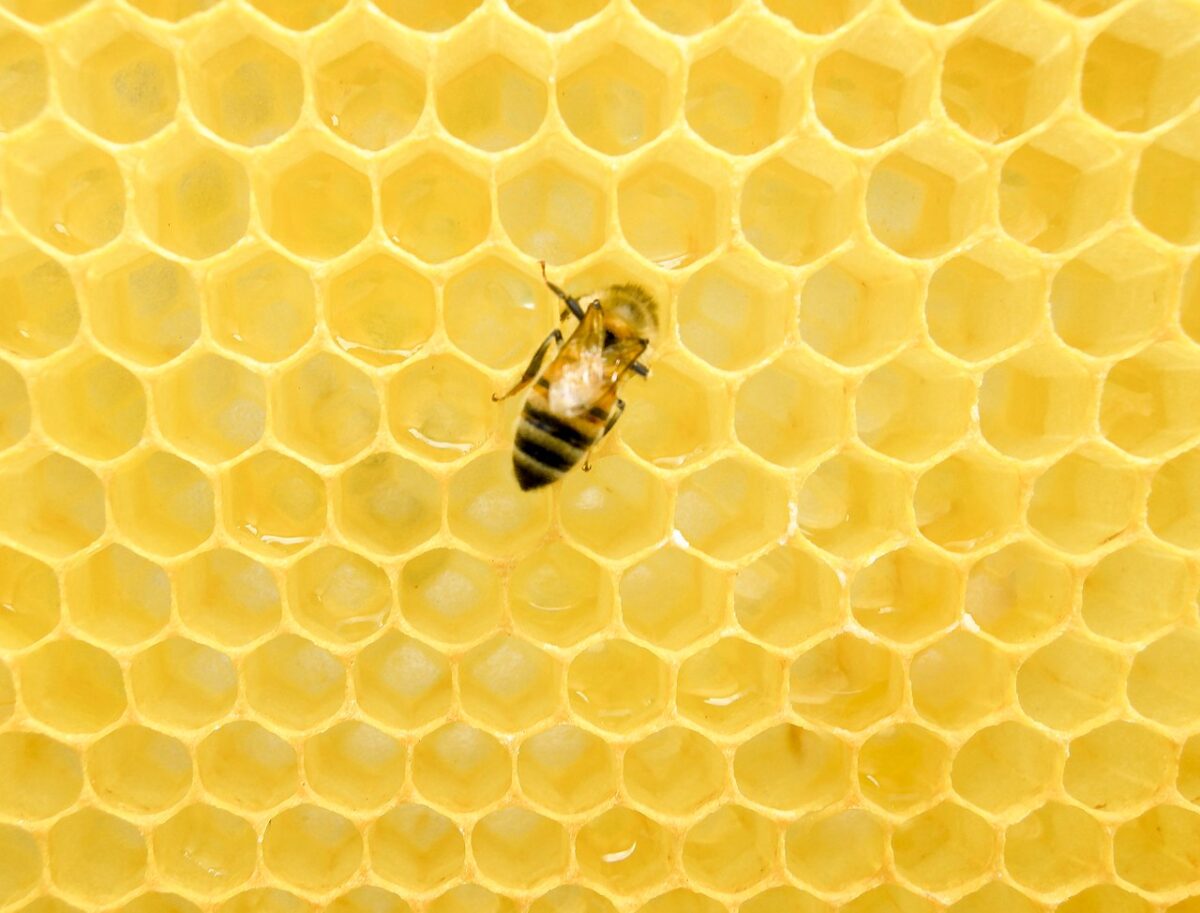Researchers from Inha University in China have created a new grid-forming inverter concept based on the artificial bee colony (ABC) algorithm, which is an optimisation algorithm based on the intelligent behaviour of a honey bee swarm.
This algorithm mimics the food-foraging behaviour of honey bee colonies when searching for nectar. It optimises numerical problems by converting them to the problem of finding the best parameter to minimise an objective function. The algorithm moves towards better solutions, while abandoning poor solutions.
Grid-forming inverters create adjustable voltage and frequency and can operate microgrids without conventional synchronous power generators. They can also act as primary mechanisms to improve grid synchronisation, especially during low-inertia operating conditions.
The group said the proposed inverter design can work optimally on both grid-connected and islanding conditions. It combines these two different control strategies by using a Fractional Order based Proportional–Integral (FOPI) controller – a way of adding additional parameters to the algorithm.
“The FOPI controller has a higher degree of freedom compared to conventional PI controllers, and the objective of error minimization can be done more effectively,” it explained, adding that it used Monte Carlo simulations typically deployed to assess unpredictable outcomes influenced by random variables, by reducing complex processes to a set of basic events and interactions. “Monte Carlo simulation has been performed to generate the initial optimal search space.”
The controller can also operate following an adapting stopping criterion, which the scientists said helps the algorithm to stop early if a solution convergence is found. This makes the algorithm faster and more effective compared to other different optimization algorithms such as Particle Swarm Optimisation (PSO) and Gray Wolf Optimisation (GWO), which were also tested by the group with the same inverter design.
PSO is a stochastic optimisation method based on the movement and intelligence of swarms, to minimise the CoE of both energy sources in the modelling. The GWO algorithm mimics the hierarchy and hunting mechanism of grey wolves in nature.
The controllers work on quality data (qd) mode and reportedly help the inverter find the optimal solution by reducing the uncertainty of trapping into a suboptimal solution. Their operation was simulated under different scenarios such as different islanding-grid reconnecting times and their performance was tested during load changes, as well as during changes in line parameters.
Through the simulation, the scientists ascertained that crucial parameters such as frequency, voltage dq quantity, and real and reactive power reached the steady-state or the allowable range within the desired period. Their performance was found to be “satisfactory” for each load level.
The new inverter design is presented in the paper “Integrated grid forming-grid following inverter fractional order controller based on Monte Carlo Artificial Bee Colony Optimization,” published in Energy Reports.
This content is protected by copyright and may not be reused. If you want to cooperate with us and would like to reuse some of our content, please contact: editors@pv-magazine.com.









By submitting this form you agree to pv magazine using your data for the purposes of publishing your comment.
Your personal data will only be disclosed or otherwise transmitted to third parties for the purposes of spam filtering or if this is necessary for technical maintenance of the website. Any other transfer to third parties will not take place unless this is justified on the basis of applicable data protection regulations or if pv magazine is legally obliged to do so.
You may revoke this consent at any time with effect for the future, in which case your personal data will be deleted immediately. Otherwise, your data will be deleted if pv magazine has processed your request or the purpose of data storage is fulfilled.
Further information on data privacy can be found in our Data Protection Policy.